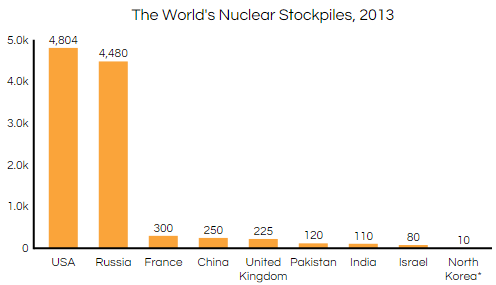http://ajaishukla.blogspot.in/2015/04/army-divided-against-army-bjp-against.html
By Ajai Shukla, Business Standard, 16th Apr 15
The Supreme Court today put off by a week its hearing of a landmark case on an issue so contentious that it has divided the army right down the middle; and even senior echelons of the Bharatiya Janata Party.
At stake here is the principle for promoting officers to higher rank. The army currently favours the infantry and artillery, saying these arms face harsher service conditions and need younger commanders. Challenging this in what is now a keenly watched cause celebre are 191 serving officers who argue the army is an integrated whole and promotion should be equitable.
The BJP’s national spokesperson, Meenakshi Lekhi, a prominent Supreme Court lawyer, is spearheading the case against her own party’s government. Lekhi has routed the government in the Armed Forces Tribunal (AFT) on March 30. She could also win in the Supreme Court, which will hear the case on April 22.
Fighting alongside Lekhi is legal eagle Harish Salve, who is working free of cost.
Lekhi says this case is important enough for her to confront her own party’s government. “At stake here is the cohesiveness and unity of the entire officer corps. The army has to remain united. Favouring one or two arms divides the army and weakens India’s military capability”, she told Business Standard
The disagreement is over distribution of vacancies for four senior ranks --- colonel, brigadier, major general and lieutenant general. Before 2009, vacancies were equitably divided on a “pro rata” basis --- i.e. in proportion to their numbers --- between the arms and services that made up the army. These include “combat arms”, i.e. armoured corps, infantry and mechanised infantry; “combat support arms”, i.e. artillery, engineers and signals; and finally “services”, which discharge logistic functions like repair and supply.
The AFT notes this balance was upset in 2009, when new “discriminatory” promotion rules handed out most vacancies to the two biggest arms --- infantry and artillery. Suddenly, with these additional vacancies, 60 per cent of infantry and artillery lieutenant colonels found themselves getting promoted to colonel. Meanwhile other branches had approval ratings as low as 26 per cent.
This injustice was extended to the higher ranks of brigadier and general, where the vacancies for each branch correspond to the number of colonels it has.
The AFT ruled that this violated “the fundamental right of equality of opportunity”, and ordered the army to redistribute vacancies equitably and reconvene all promotion boards to the rank of colonel held since 2008.
For the army, re-holding these promotion boards is a major challenge. “This is like ordering the replay of all cricket series held in the last five years, including the World Cup, after discovering an earlier flaw in the rules”, laments a general.
Even so, the Supreme Court wants an early decision. On Wednesday, it overruled the army’s request for three weeks to prepare its case, allowing only one week, given that a promotion board is scheduled for 28th.
The apex Court has ordered the army to place promotion boards on hold until the matter is heard on 22nd.
The instrument for allocating extra vacancies to the infantry and artillery was the so-called Ajai Vikram Singh Committee (AVSC), chaired by a well-respected defence secretary, which was mandated in 2001 to create a younger army. One AVSC recommendation was to promote officers faster by creating more vacancies --- 1484 additional colonels; 222 more brigadiers; 75 new major generals and 20 additional lieutenant generals.
These additional vacancies were to be created in two tranches. In December 2004, the first 750 colonel vacancies were equitably distributed, based on each branch’s officer strength. In November 2008, as the AFT notes, the remaining 734 vacancies were given mainly to the infantry (441) and artillery (186). The other eight arms/services got just 59 vacancies between them, with 48 discretionary vacancies retained by army headquarters.
The AFT judgment termed this “a malicious act of reverse engineering to justify discrimination in allotment of vacancies”.
Whilst the impugned policy was being formulated (2001-2009) all army chiefs and key promotion policymakers were from either the infantry or artillery.
These generals suggested the AVSC had recommended additional vacancies to the infantry and artillery in order to bring younger officers in command.
In fact, former defence secretary Ajai Vikram Singh has clarified to Business Standard: “There was no talk of having any special provision for the infantry or artillery.”






















